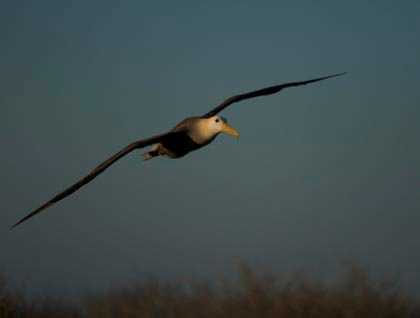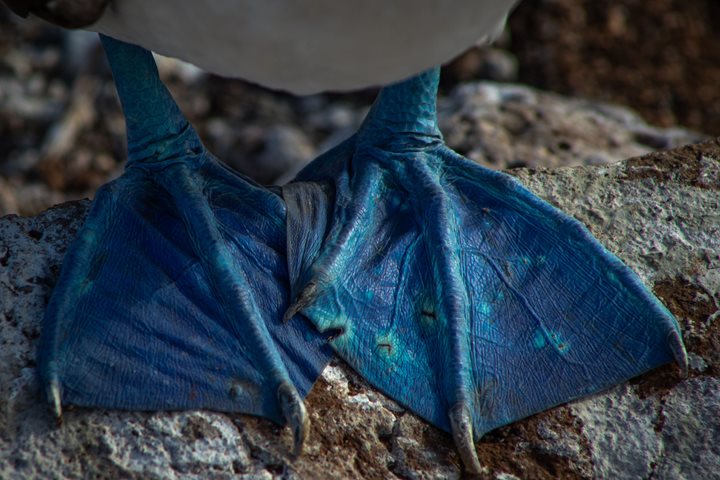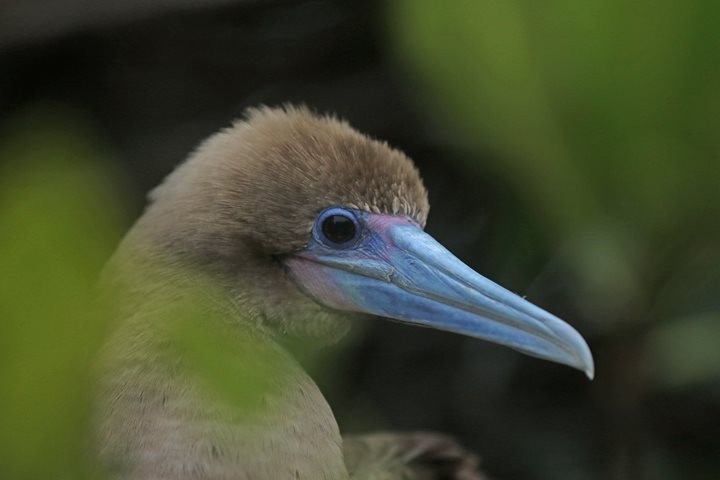Today we had the privilege of visiting the southernmost Island of Galapagos, which is also considered the oldest Island by geologists. This fact means that this one will be the next Island to disappear under the South America tectonic plate. Meanwhile new islands are being formed in the western part of Galapagos.
This Island is considered to be about 3.5 to four millions years old. In geological terms they are still very young compared with the age of our planet, but here in this oceanic archipelago we are going to see how quickly species have adapted to different conditions in different islands. These species are known as endemic to this group of Islands by means of natural selection.
This was our first day of exploration. And we are already amazed by how each Island has its own unique kind of form that has adapted to its own home Island. Yesterday we saw three unique species found only in San Cristobal Island: San Cristobal mockingbirds, San Cristobal lava lizards, and San Cristobal daisies. And today, miles away on a very different Island known as Espanola, it was extraordinary to see that island’s own kind of mocking bird, its own kind of lava lizard. This is what we call adapted radiation, or speciation in action.
Espanola Island has two visitor sites only, and both of them are very different even though they are just a bit over six miles away from each other.
We started our day with a pre-breakfast activity for adventurous kayakers only. And then we continued our morning activities with deep-water snorkeling and beach snorkeling for beginners. We finished our morning activities walking and photographing Galapagos sea lions in action on a beautiful white sandy beach.
For the afternoon we explored one of the densest populated areas in Galapagos by sea birds and land birds. As soon as we disembarked we had a welcoming committee by Espanola marine iguanas, Espanola mockingbirds, Española lava lizards, and a small sea lion nursery. This was just a preparation for what it was going to be like during our afternoon visit.
Our main goal was to get to the endemic waved albatross nesting area, and it couldn’t have been better than this afternoon because we saw a couple hundred of them. Some were feeding their chicks, some others were courting. Some were trying to land with food for their chicks, and some others were jumping off the cliff to go out and look for food. Along with this amazing sighting we also had blue and Nazca boobies, swallow-tail gulls, frigates, pelicans, and the Galapagos’ top predator, the Galapagos hawk.







